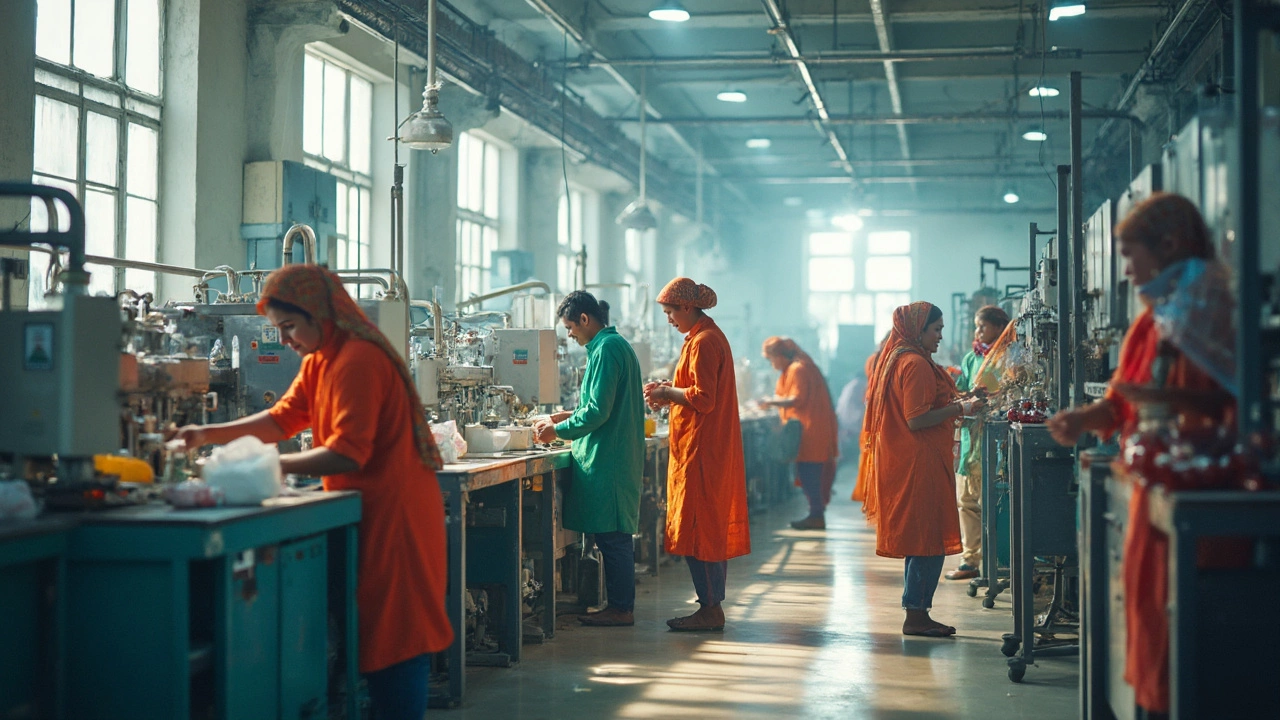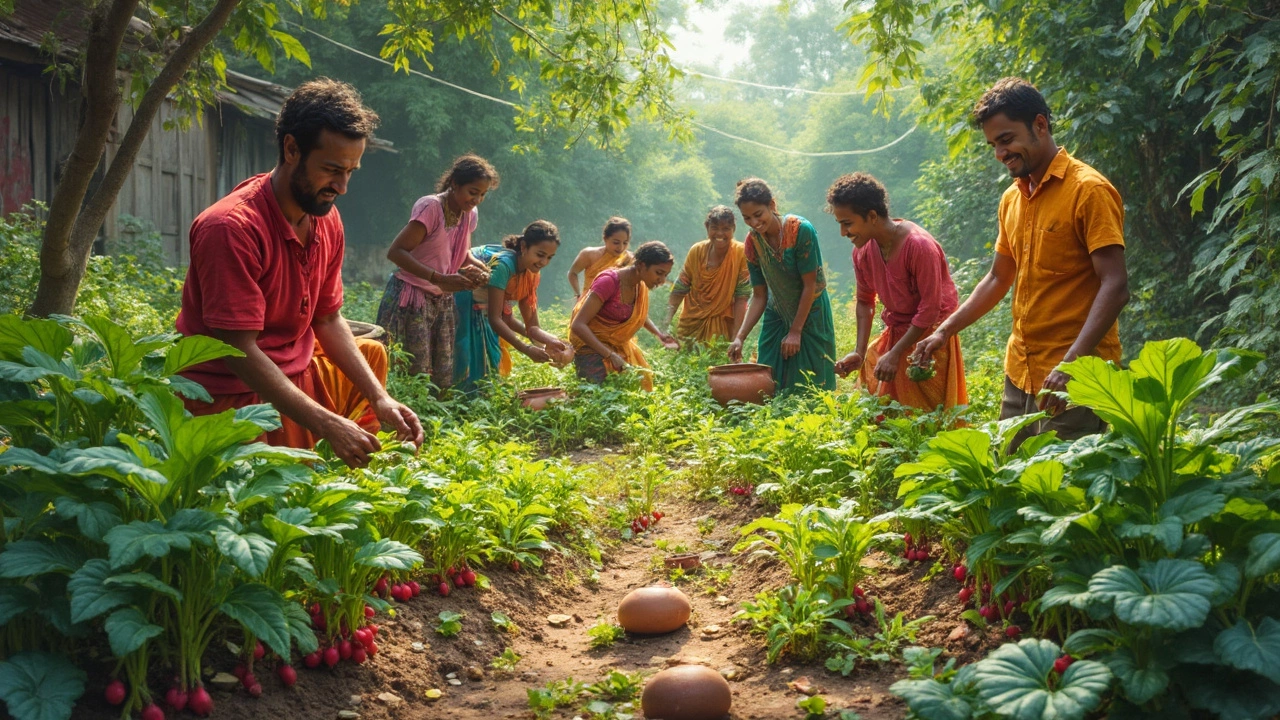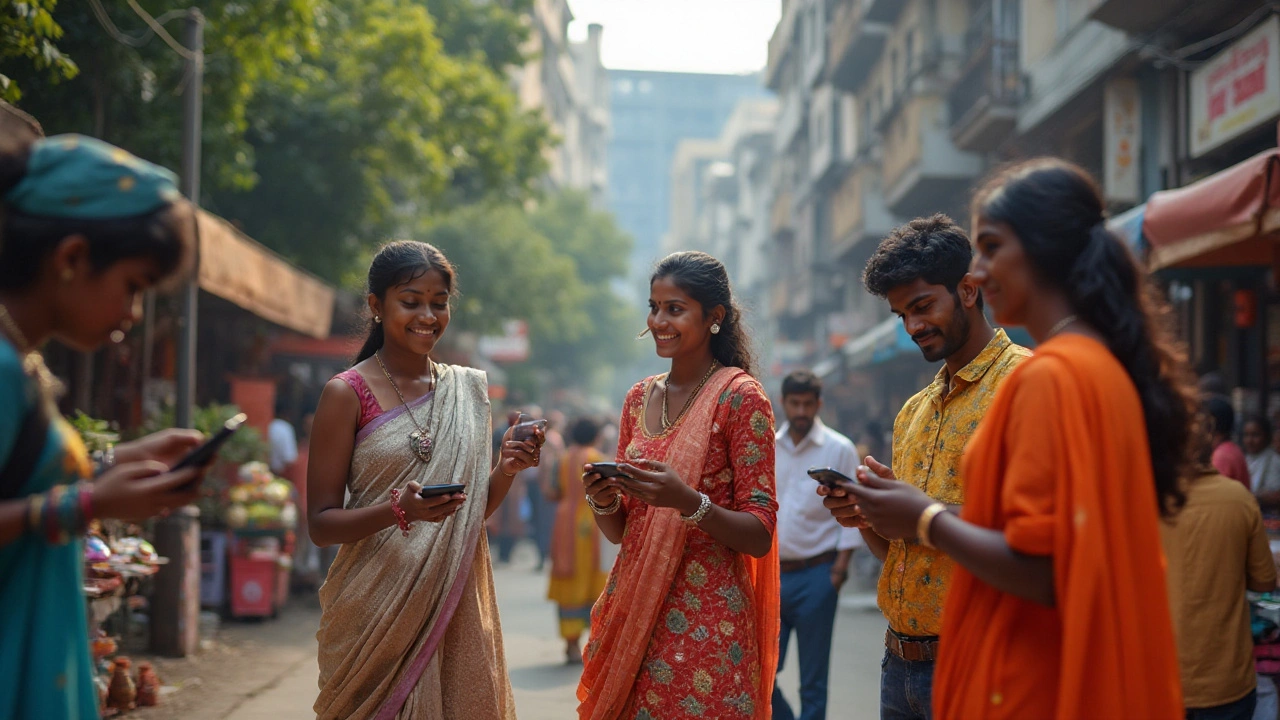Medicine Cost India: What Determines Prices and How to Reduce Them
Understanding medicine cost India starts with a clear definition: medicine cost India, the total amount a patient pays for medicines sold in Indian pharmacies, including taxes, distributor margins, and retailer mark‑ups. Also known as drug price India, it reflects a mix of manufacturing, distribution, and policy factors. The price landscape encompasses pharmaceutical pricing, the method manufacturers use to set list prices for each drug and the availability of generic drugs, lower‑cost copies of brand‑name medicines that meet the same quality standards. These three entities interact daily, shaping what you actually hand over at the counter.
Key factors shaping medicine cost in India
The first factor is government regulation. The National Pharmaceutical Pricing Authority, the body that caps prices for essential medicines and monitors unfair price hikes requires manufacturers to publish ceiling prices for a defined list of drugs. This rule influences overall market rates, keeping some medicines affordable while leaving room for premium products. A second factor is the insurance landscape. health insurance coverage, policies that reimburse part of a patient’s drug spend can dramatically lower out‑of‑pocket costs, especially for chronic conditions. When insurers negotiate lower reimbursement rates, manufacturers often respond with reduced retail prices to stay competitive.
Supply chain dynamics form the third pillar. Local manufacturing hubs in states like Gujarat and Maharashtra lower logistics costs, which trickles down to the consumer. Conversely, imported ingredients, customs duties, and warehousing fees add to the final tag. In 2025 we’ve seen a modest rise in raw material prices, pushing some manufacturers to adjust their list prices. Yet the market still benefits from a robust generic ecosystem; more than 70 % of prescriptions are now filled with generics, cutting the average medicine cost by roughly 40 % compared to brand‑only scenarios.
What does this mean for you today? First, always compare brand and generic options. A drug with a brand name might be priced at ₹200 per tablet, while its generic counterpart could be just ₹80 with identical therapeutic effect. Second, use price‑comparison apps that pull data from multiple pharmacies; they let you spot the lowest retail price in your city. Third, check whether your health insurance policy includes medicine benefits—some policies cover up to 90 % of generic drug costs, slashing your spend dramatically.
Another practical tip is to watch for government‑announced price caps. When the NPA announces a new ceiling, retailers must adjust within weeks, creating a brief window where you can buy at the old, higher price before the market corrects. Keeping an eye on official notices or trusted news sources can turn that timing into savings.
Finally, consider bulk buying for chronic medication. Many pharmacies offer a discount for a three‑month supply, especially for generics. The reduction comes from lower dispensing fees and reduced logistics per unit. Pair that with a trustworthy pharmacy that follows Good Pharmacy Practice, and you’ll see a steady decline in your monthly medicine bill.
All these pieces—price regulation, insurance impact, supply chain efficiency, and generic availability—fit together like a puzzle. By understanding each piece, you can navigate the medicine cost India landscape smarter and keep more money in your pocket. Below you’ll find a curated set of articles that dive deeper into each of these topics, from how the NPA sets ceilings to the best apps for price comparison, so you can take immediate action.
Why Are Drugs Cheaper in India? Unpacking the Cost Difference
In India, the cost of drugs is noticeably lower than in many other countries. A combination of factors including local manufacturing, a competitive market, and government regulations contribute to this price difference. Understanding these elements can provide insights into the global pharmaceutical industry's dynamics. Explore how India achieves affordable drug pricing and what makes its pharmaceutical industry unique.
- manufacturing
- India
- food processing
- garden tips
- rice cultivation
- government schemes
- balcony garden
- urban gardening
- balcony gardening
- profitable business
- business ideas
- plastic manufacturing
- drip irrigation
- plant care
- steel manufacturing
- sustainable gardening
- startup ideas
- steel industry
- flower gardening
- textile manufacturers






